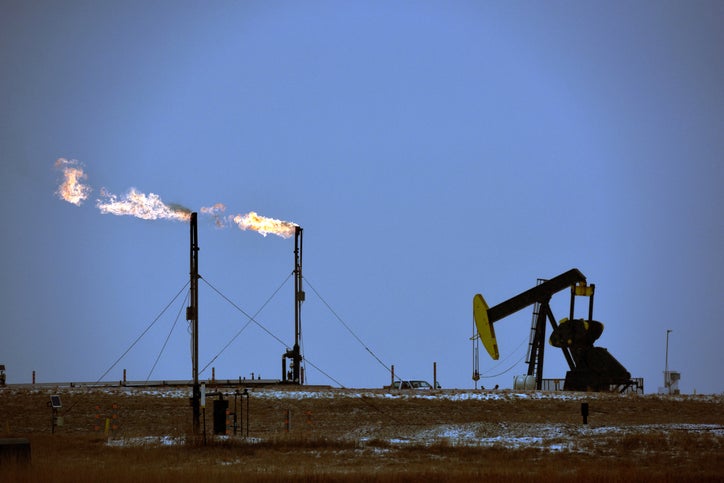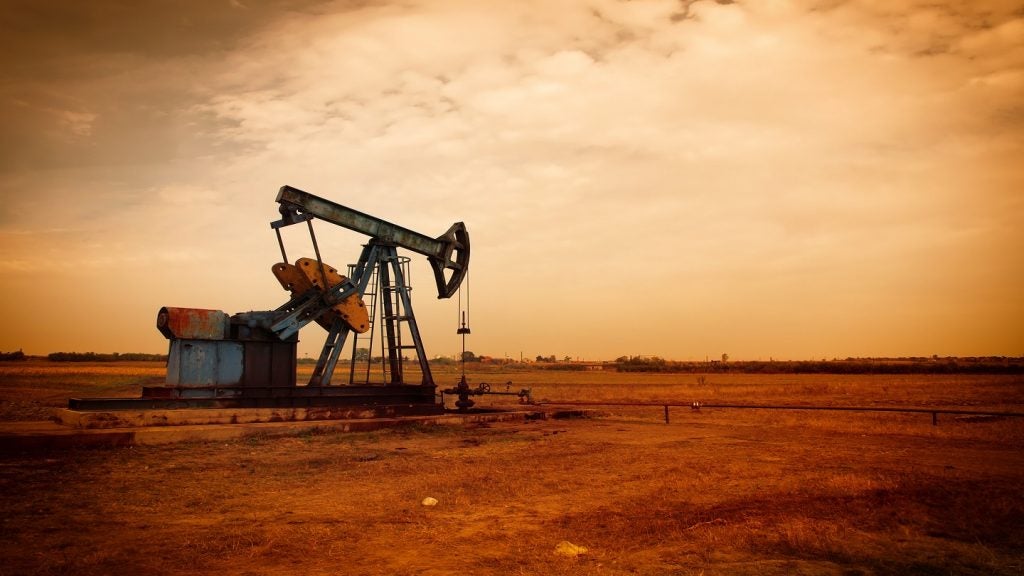The oil and gas industry continues to be a hotbed of innovation, with activity driven by the need for efficient production, safety, cost control and improving the long-term sustainability of operations. Digital technologies are playing a transformative role in meeting these objectives. This is characterised by the growing importance of technologies such as artificial intelligence, cloud computing, internet of things, and robotics, within the industry. In the last three years alone, there have been over 534,000 patents filed and granted in the oil & gas industry, according to GlobalData’s report on Robotics in Oil & Gas: Inspection robots.
However, not all innovations are equal and nor do they follow a constant upward trend. Instead, their evolution takes the form of an S-shaped curve that reflects their typical lifecycle from early emergence to accelerating adoption, before finally stabilising and reaching maturity.
Identifying where a particular innovation is on this journey, especially those that are in the emerging and accelerating stages, is essential for understanding their current level of adoption and the likely future trajectory and impact they will have.
150+ innovations will shape the oil & gas industry
According to GlobalData’s Technology Foresights, which plots the S-curve for the oil & gas industry using innovation intensity models built on over 256,000 patents, there are 40+ innovation areas that will shape the future of the industry.
Within the emerging innovation stage, robotic drilling machines is a disruptive technology that is in the early stages of application and should be tracked closely. Automated drilling tools, predictive maintenance systems, and force feedback robots are some of the accelerating innovation areas, where adoption has been steadily increasing. Among maturing innovation areas is jig conveyors, which is now well established in the industry.
Innovation S-curve for robotics in the oil & gas industry

Inspection robots is a key innovation area in robotics
Remote inspection robots enable maintenance personnel to conduct asset inspections entirely from remote locations. They can deploy these robotic systems in different types of locations to perform numerous checks. These bots can operate with varying degrees of autonomy.
Inspection robots are primarily used in industrial settings where they assist the workforce in inspecting equipment to find faults or recover from outages. They can deliver a level of accuracy that humans cannot always provide and also improve worker safety, as inspection sometimes requires access to hazardous locations.
GlobalData’s analysis also uncovers the companies at the forefront of each innovation area and assesses the potential reach and impact of their patenting activity across different applications and geographies. According to GlobalData, there are 20+ companies, spanning technology vendors, established oil & gas companies, and up-and-coming start-ups engaged in the development and application of inspection robots.
Key players in inspection robots – a disruptive innovation in the oil & gas industry
‘Application diversity’ measures the number of different applications identified for each relevant patent and broadly splits companies into either ‘niche’ or ‘diversified’ innovators.
‘Geographic reach’ refers to the number of different countries each relevant patent is registered in and reflects the breadth of geographic application intended, ranging from ‘global’ to ‘local’.
Patent volumes related to inspection robots
| Company | Total patents (2010 - 2021) | Premium intelligence on the world's largest companies |
| Hyundai Motor Group | 75 | Unlock company profile |
| General Electric | 53 | Unlock company profile |
| State Grid Corporation of China | 20 | Unlock company profile |
| AGCO | 17 | Unlock company profile |
| Kibbutz Yizreel Holdings 2004 ACS | 16 | Unlock company profile |
| Beijing Geekplus Technology | 15 | Unlock company profile |
| Halliburton | 15 | Unlock company profile |
| Caterpillar | 14 | Unlock company profile |
| Siemens | 13 | Unlock company profile |
| Toro Company | 13 | Unlock company profile |
| National Grid | 11 | Unlock company profile |
| Yanmar Holdings | 11 | Unlock company profile |
| ExRobotics | 10 | Unlock company profile |
| Mitsubishi Heavy Industries | 9 | Unlock company profile |
| Saudi Arabian Oil | 9 | Unlock company profile |
| Konecranes | 9 | Unlock company profile |
| Electricite de France | 9 | Unlock company profile |
| MTD Products | 8 | Unlock company profile |
| China Southern Power Grid | 8 | Unlock company profile |
| Formosa Plastics Group | 7 | Unlock company profile |
| Fanuc | 7 | Unlock company profile |
| Komatsu | 6 | Unlock company profile |
| ABB | 6 | Unlock company profile |
| CNH Industrial | 5 | Unlock company profile |
| Nidec | 5 | Unlock company profile |
| Iseki & Co | 5 | Unlock company profile |
Source: GlobalData Patent Analytics
Leaders in inspection robots for oil and gas include Fanuc, Saudi Aramco, and Siemens. Fanuc is one of the world’s biggest manufacturers of industrial robots. It uses sensors, analytics, and cloud computing to provide a continuous service to its customers by anticipating equipment and process problems and organizing the automatic replacement of parts.
Saudi Aramco’s in-house R&D team has developed several robots for inspection and maintenance of its oil and gas assets. These robots are designed to provide inspection, surveillance, mapping, and emergency response services. The company has also developed the Shallow Water Inspection and Monitoring Robot (SWIM-R) for pipeline inspections.
Siemens offers inspection robots with ultrasonic sensing capabilities. These features offer safe and accurate data collection in industries with high-risk exposure, such as oil and gas.
To further understand how robotics is disrupting the oil & gas industry, access GlobalData’s latest thematic research report on Robotics in Oil & Gas (2021).








